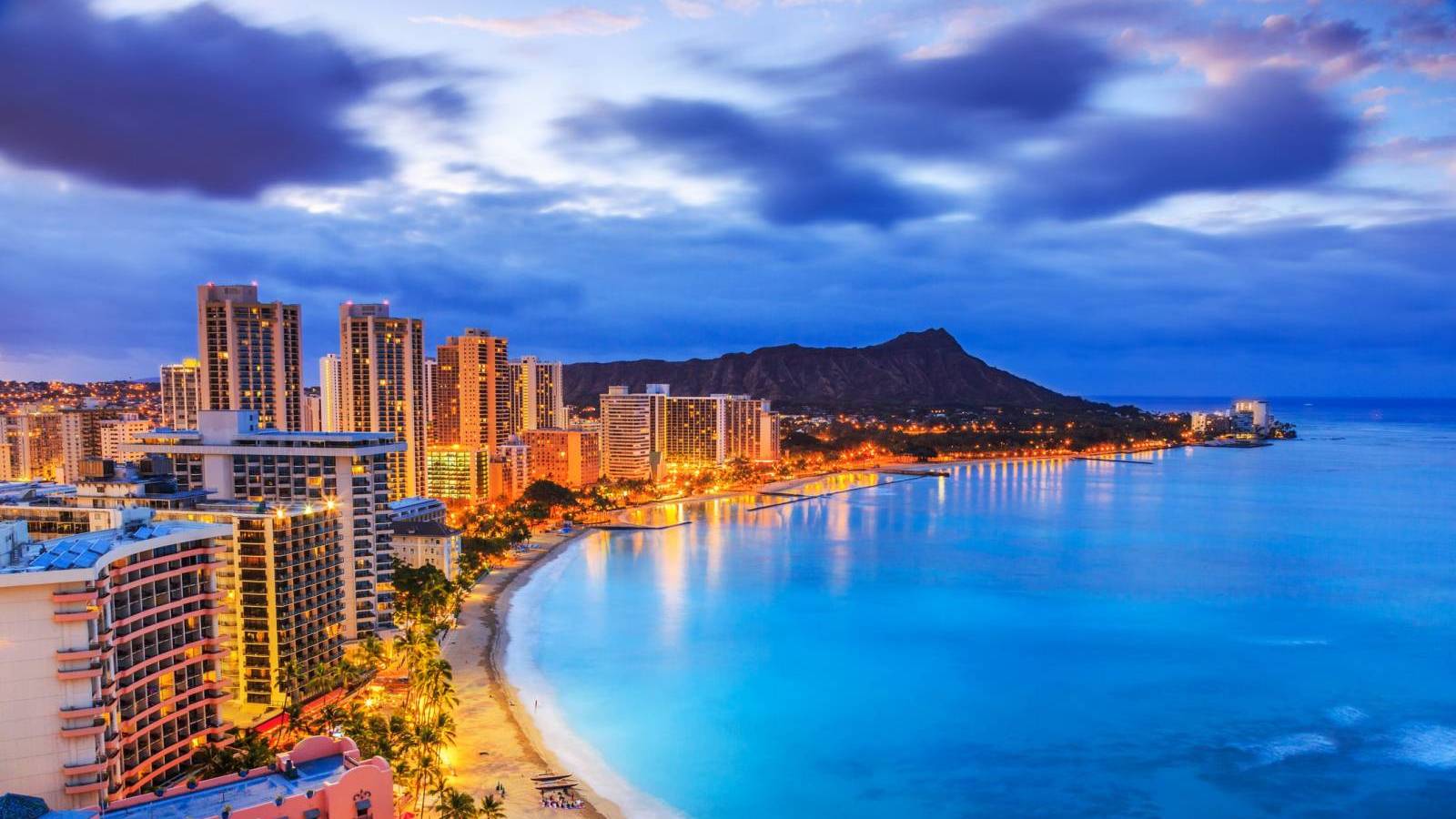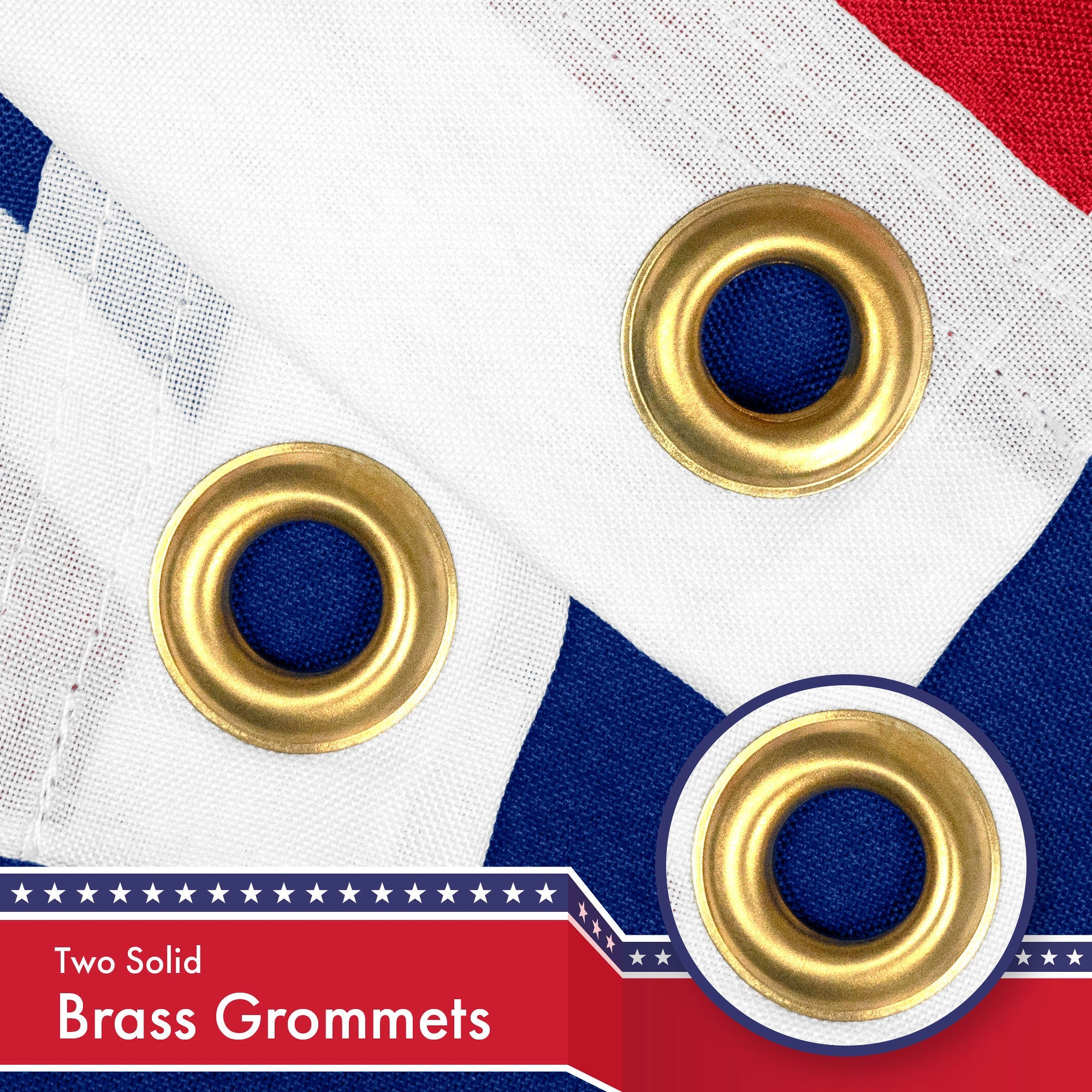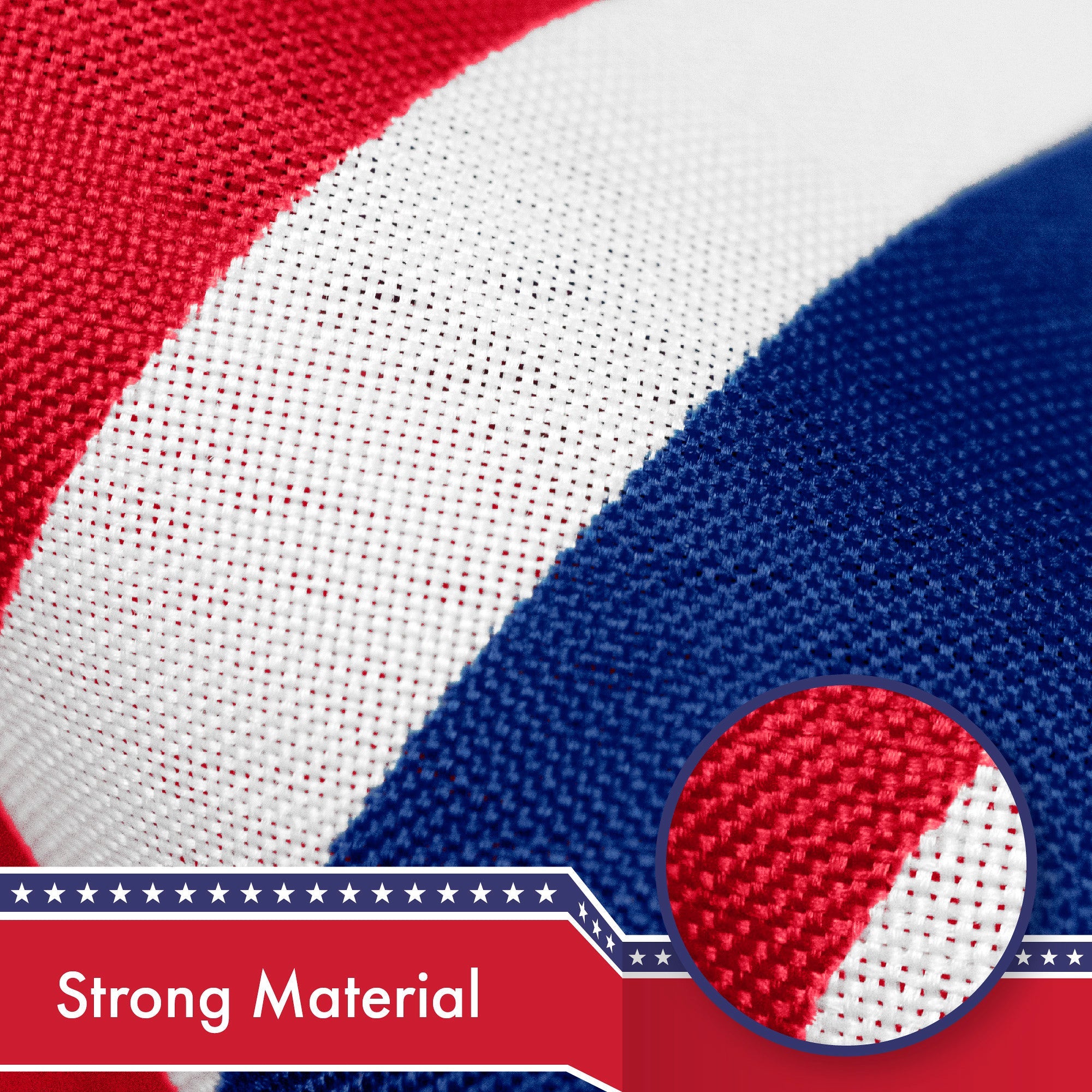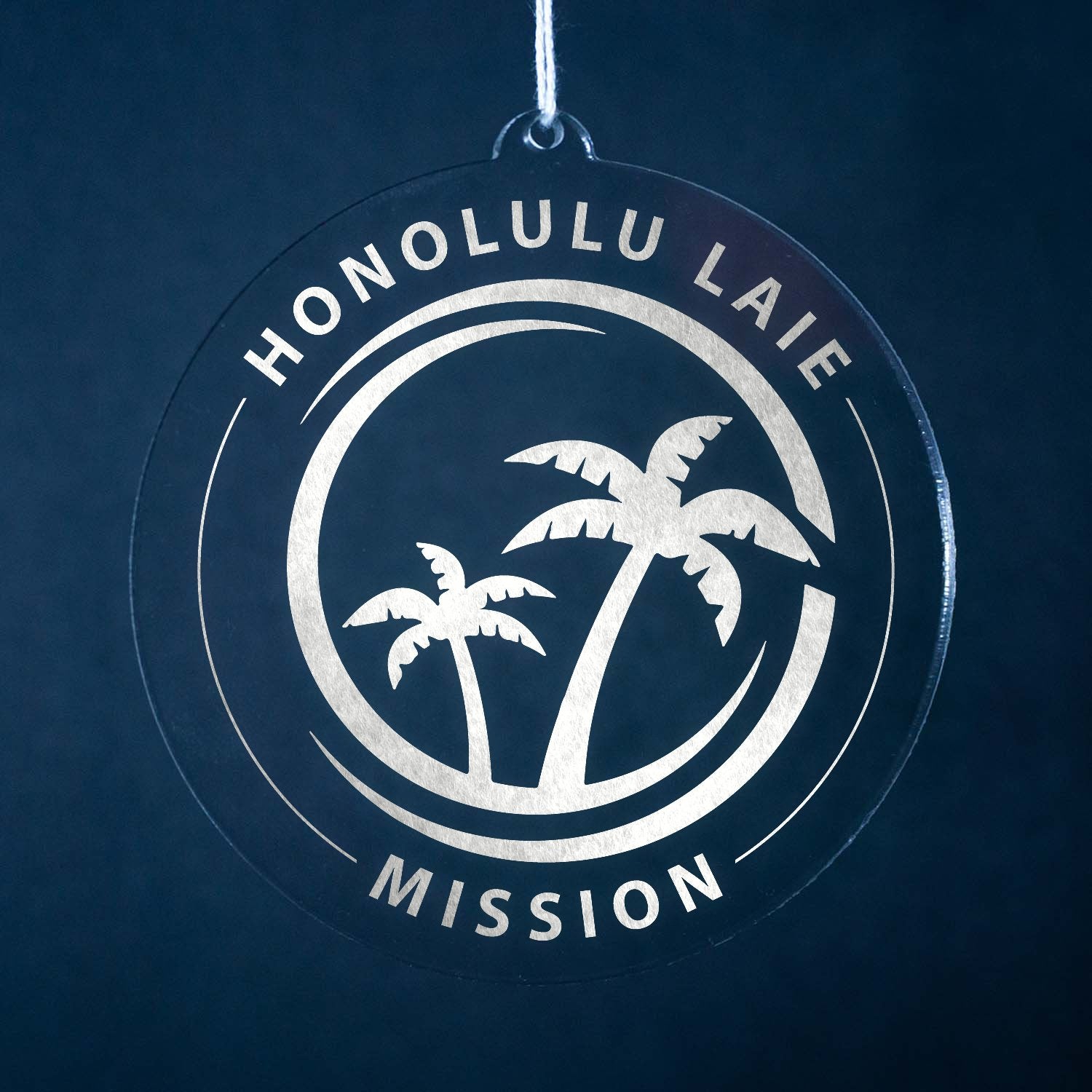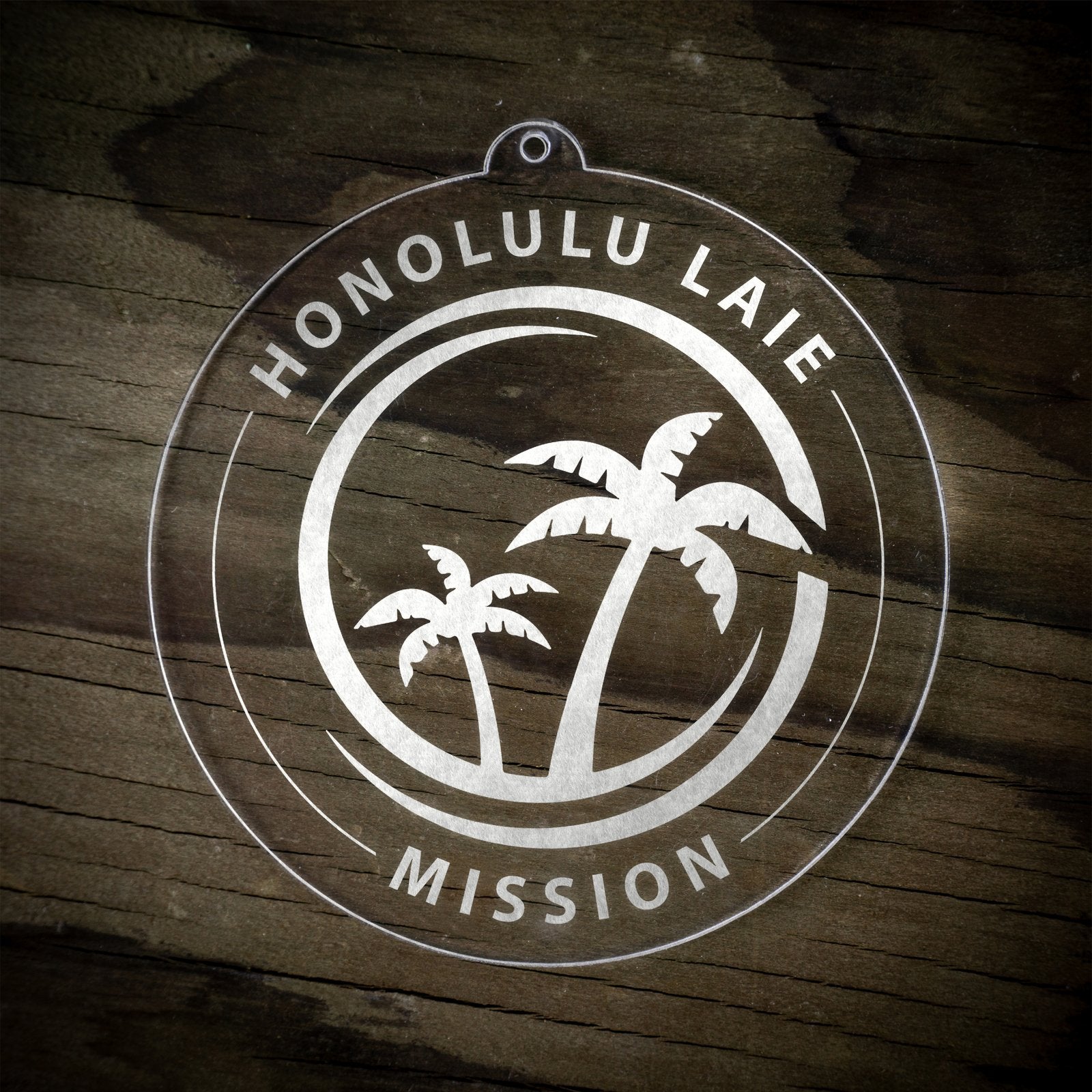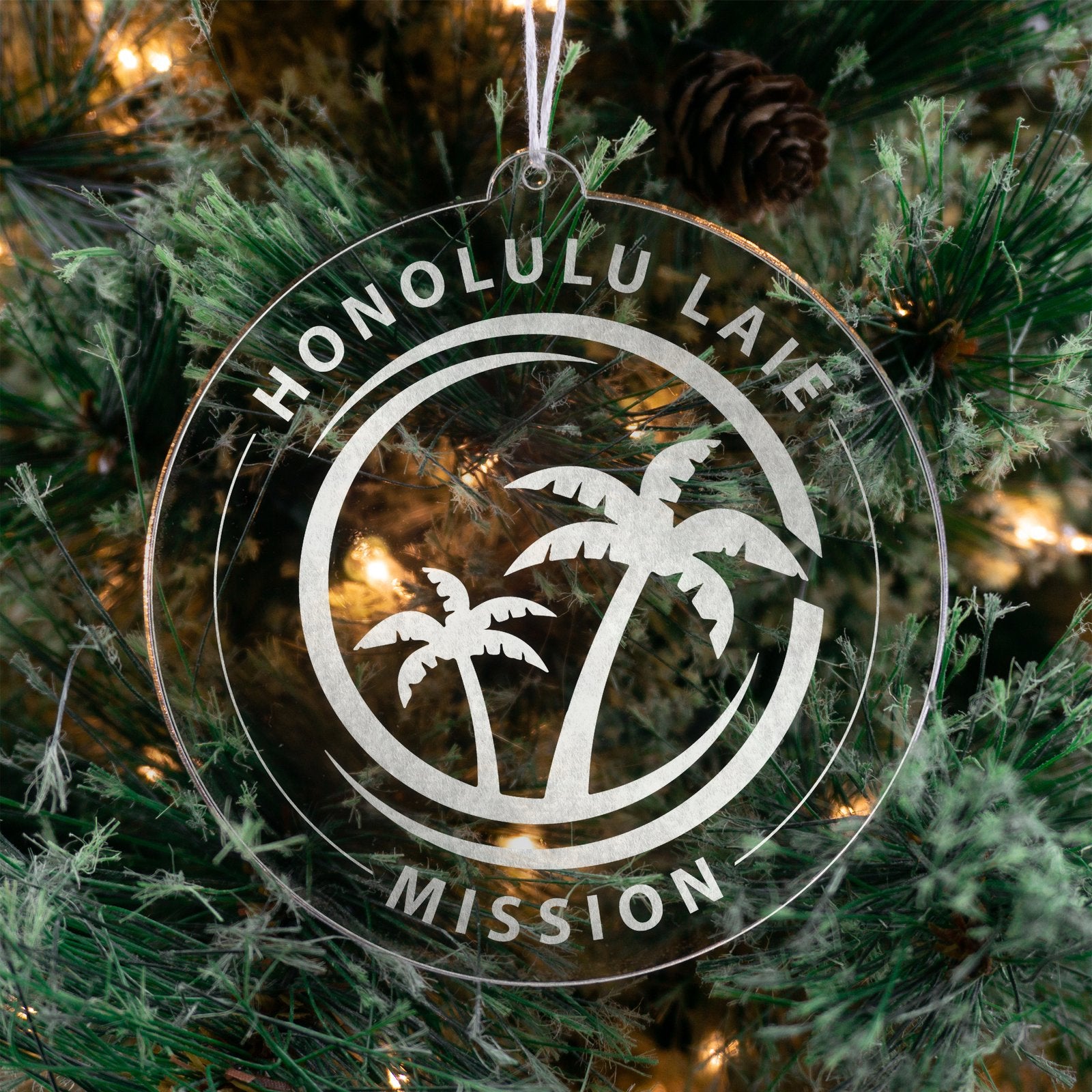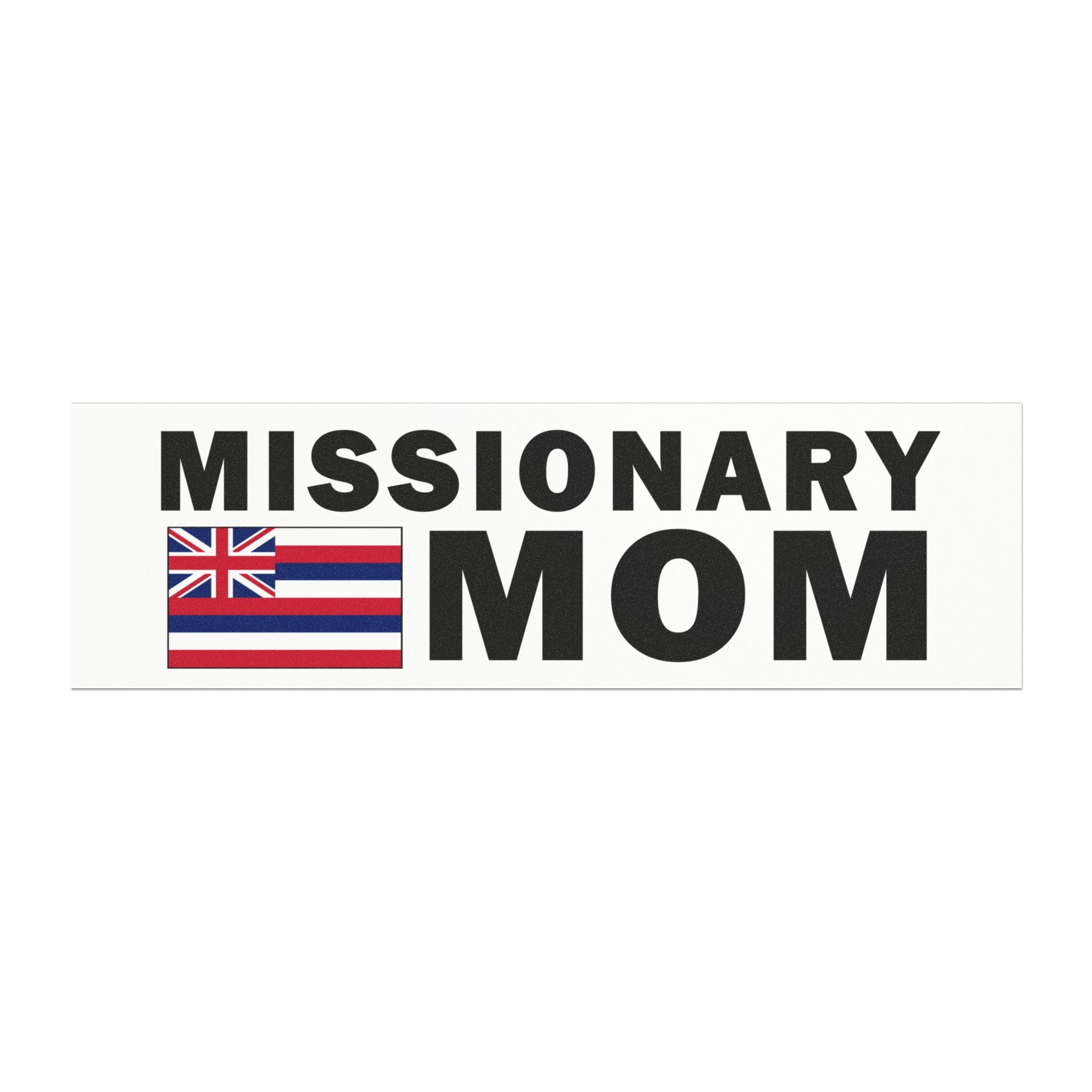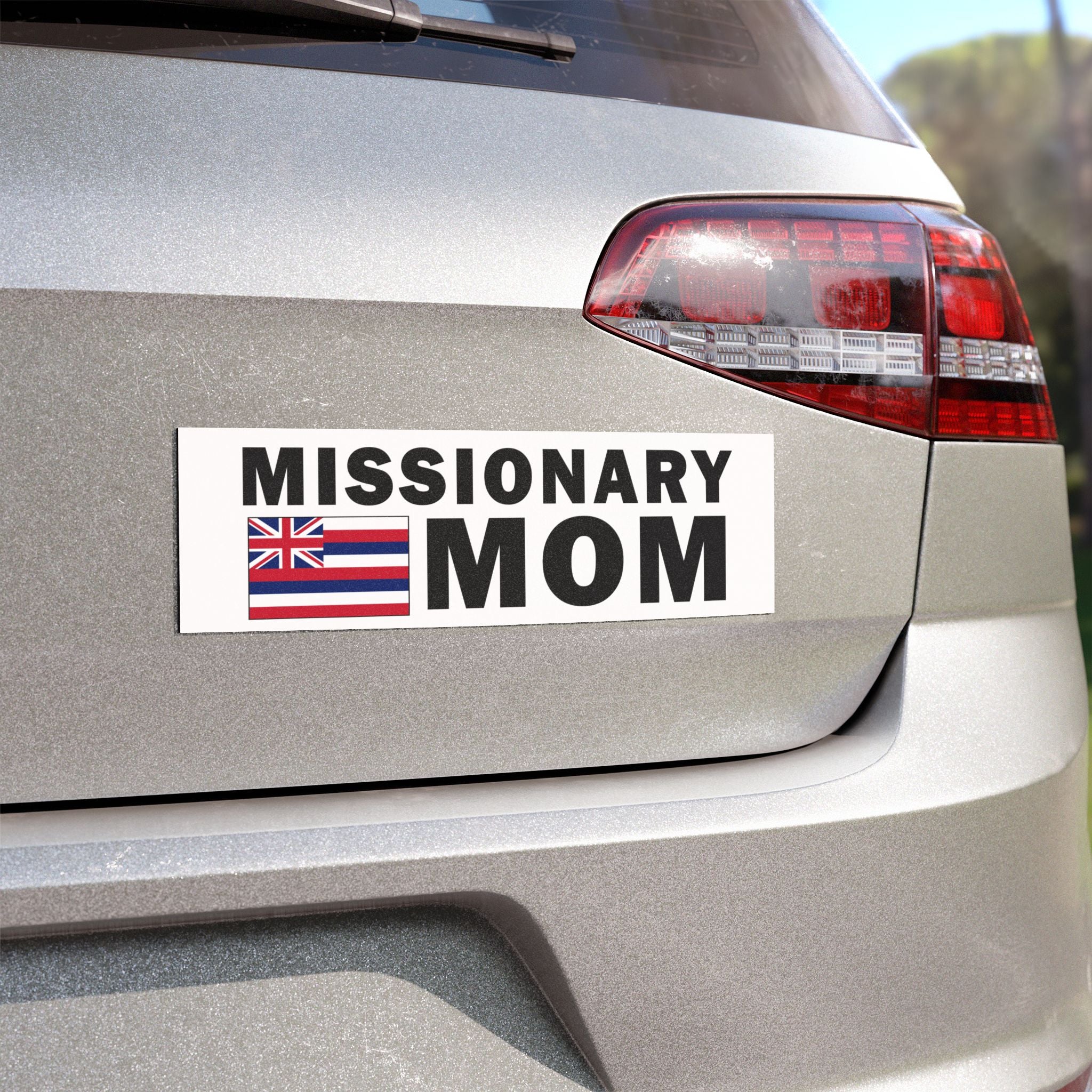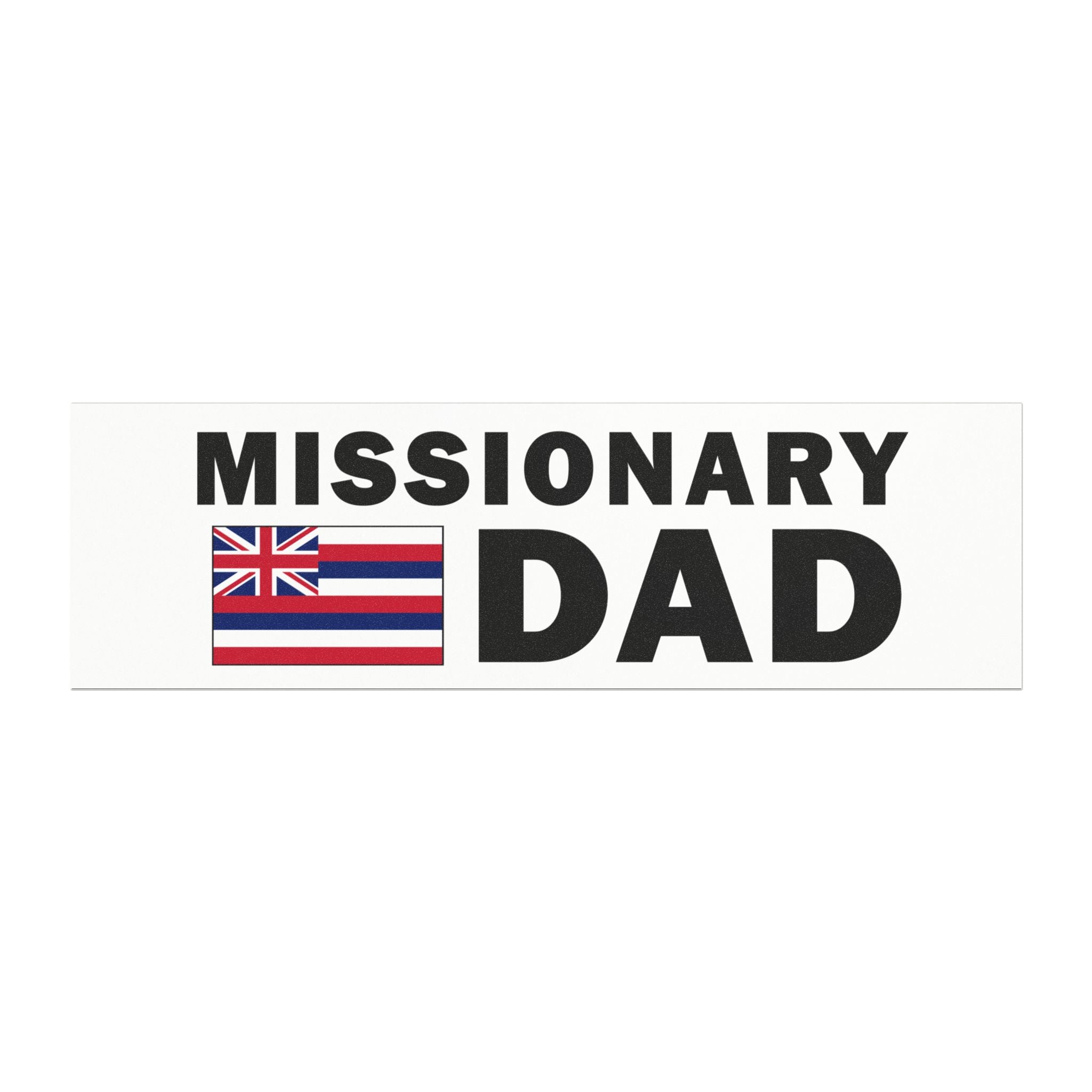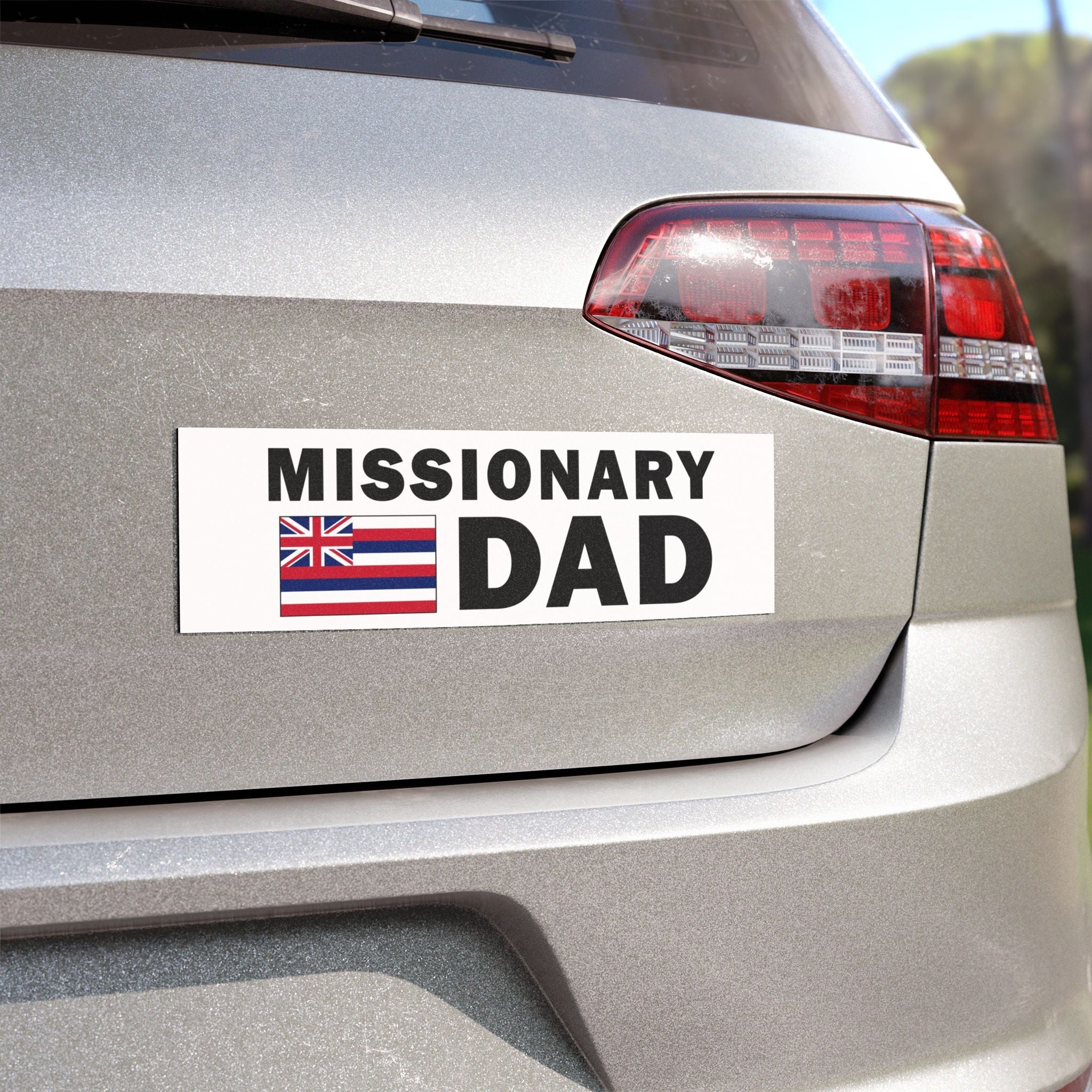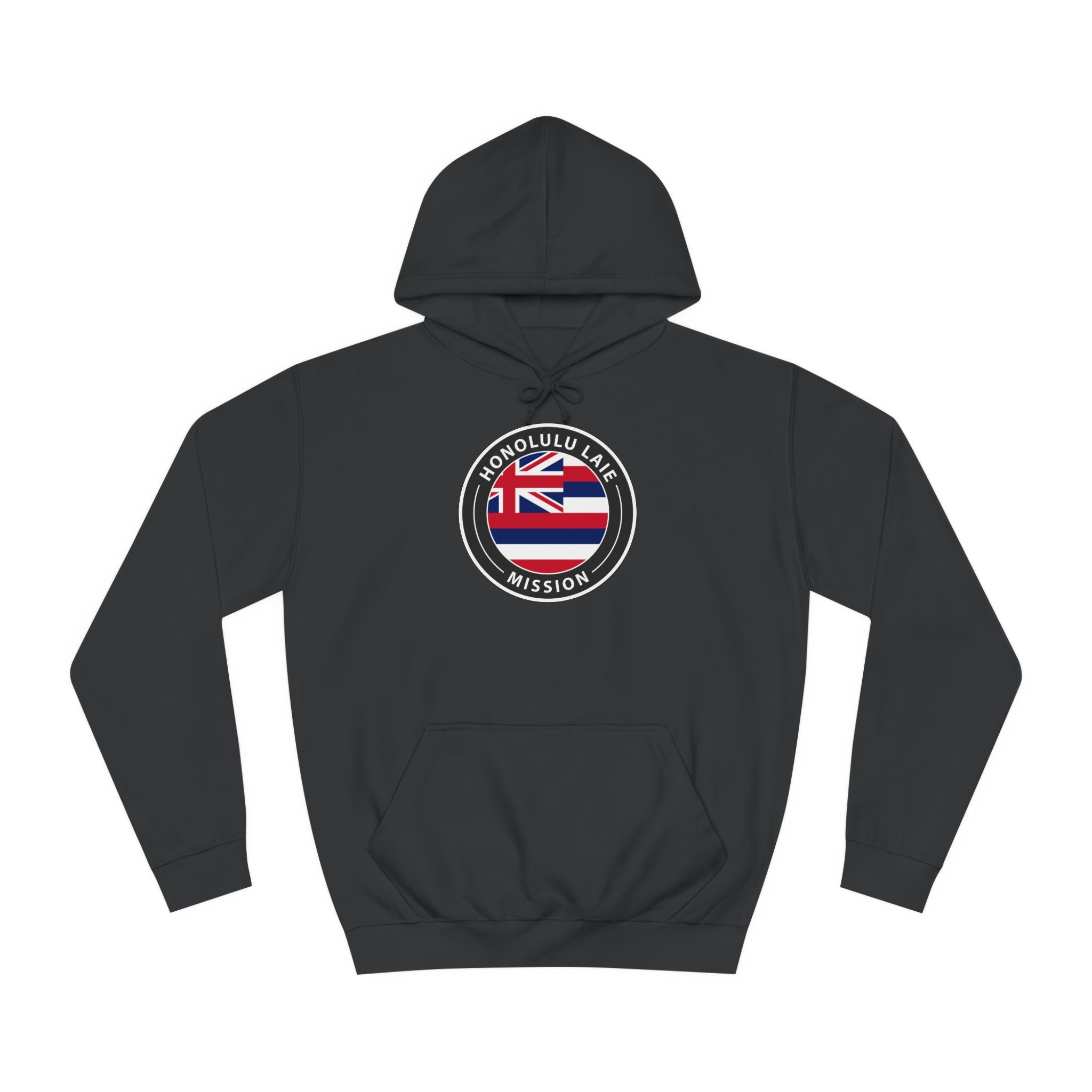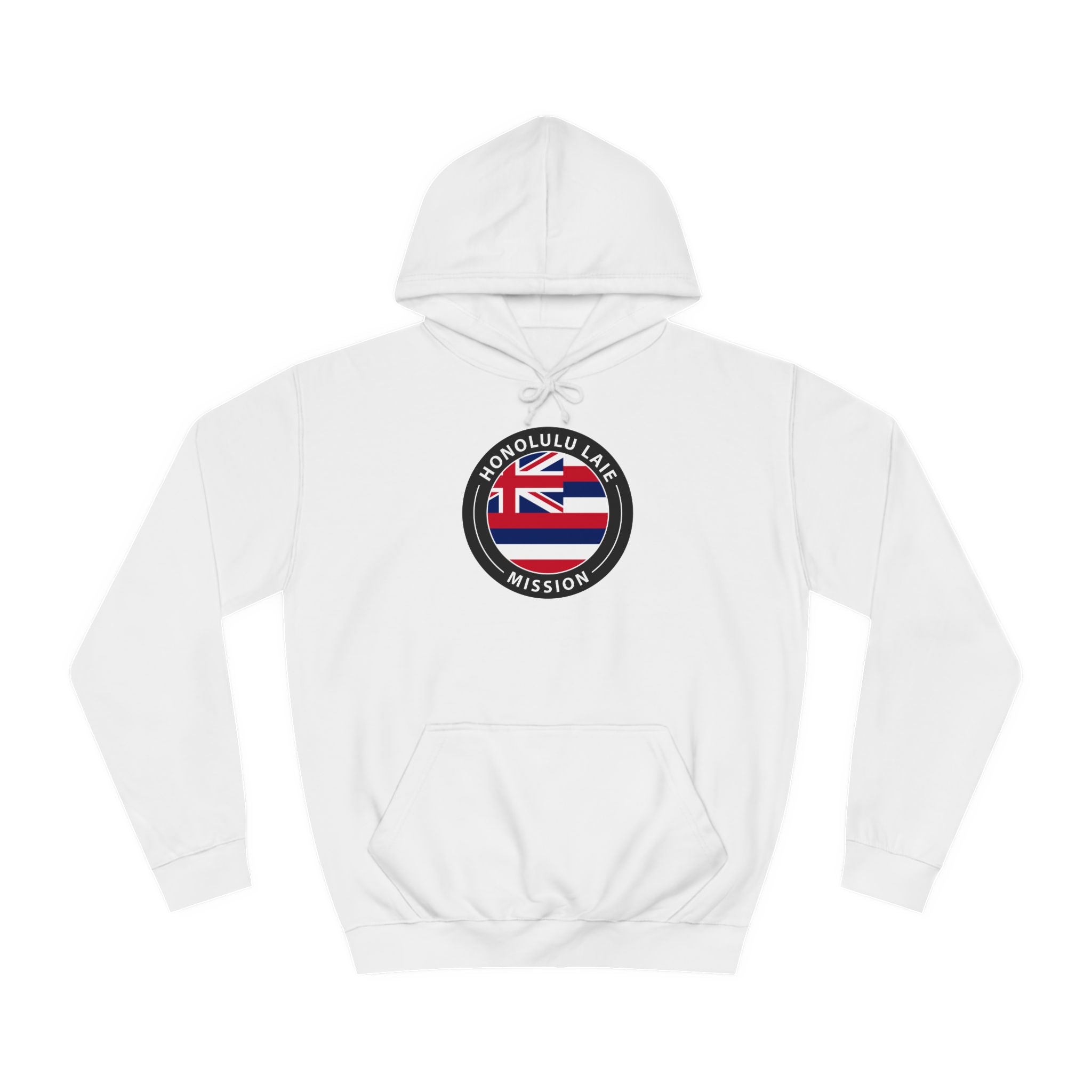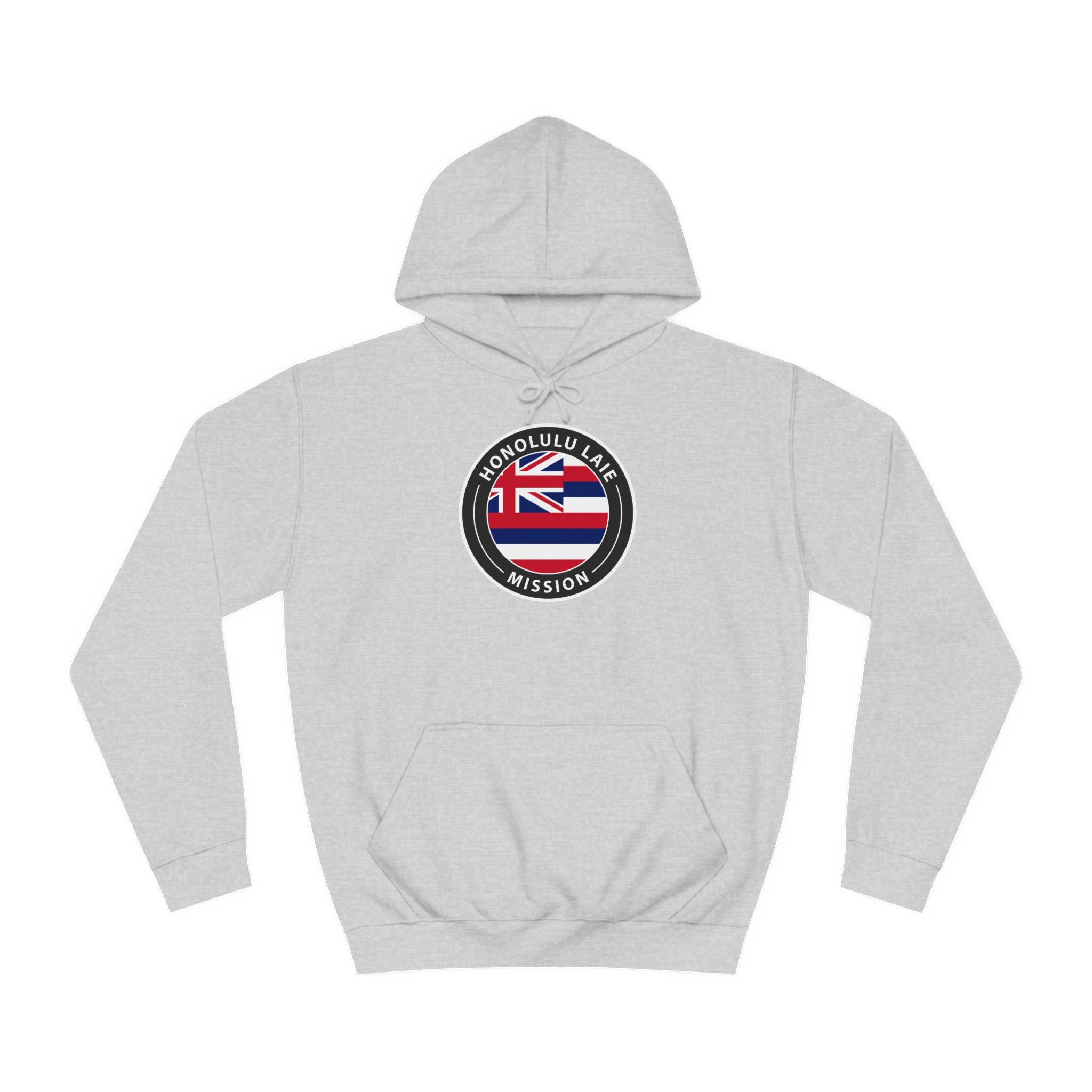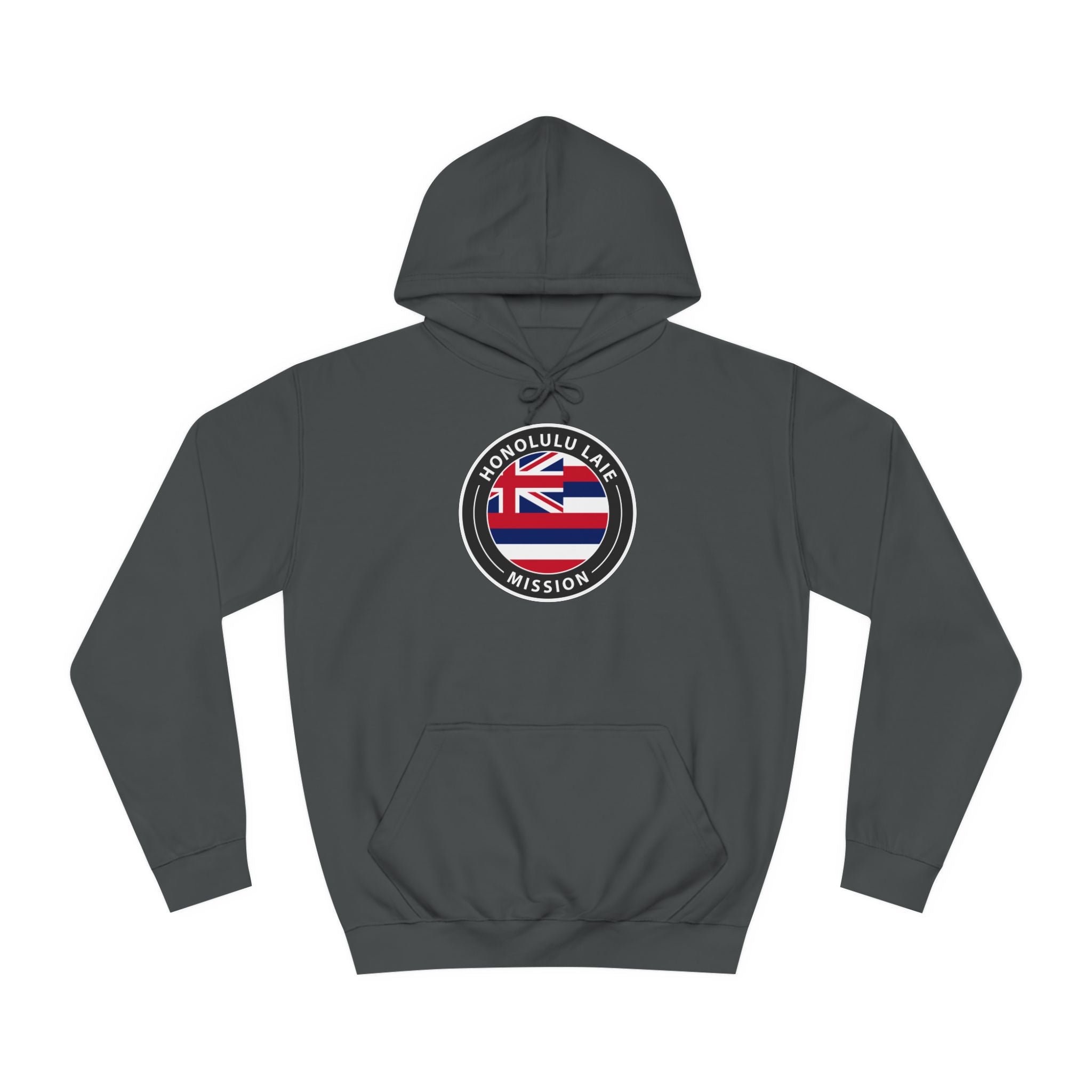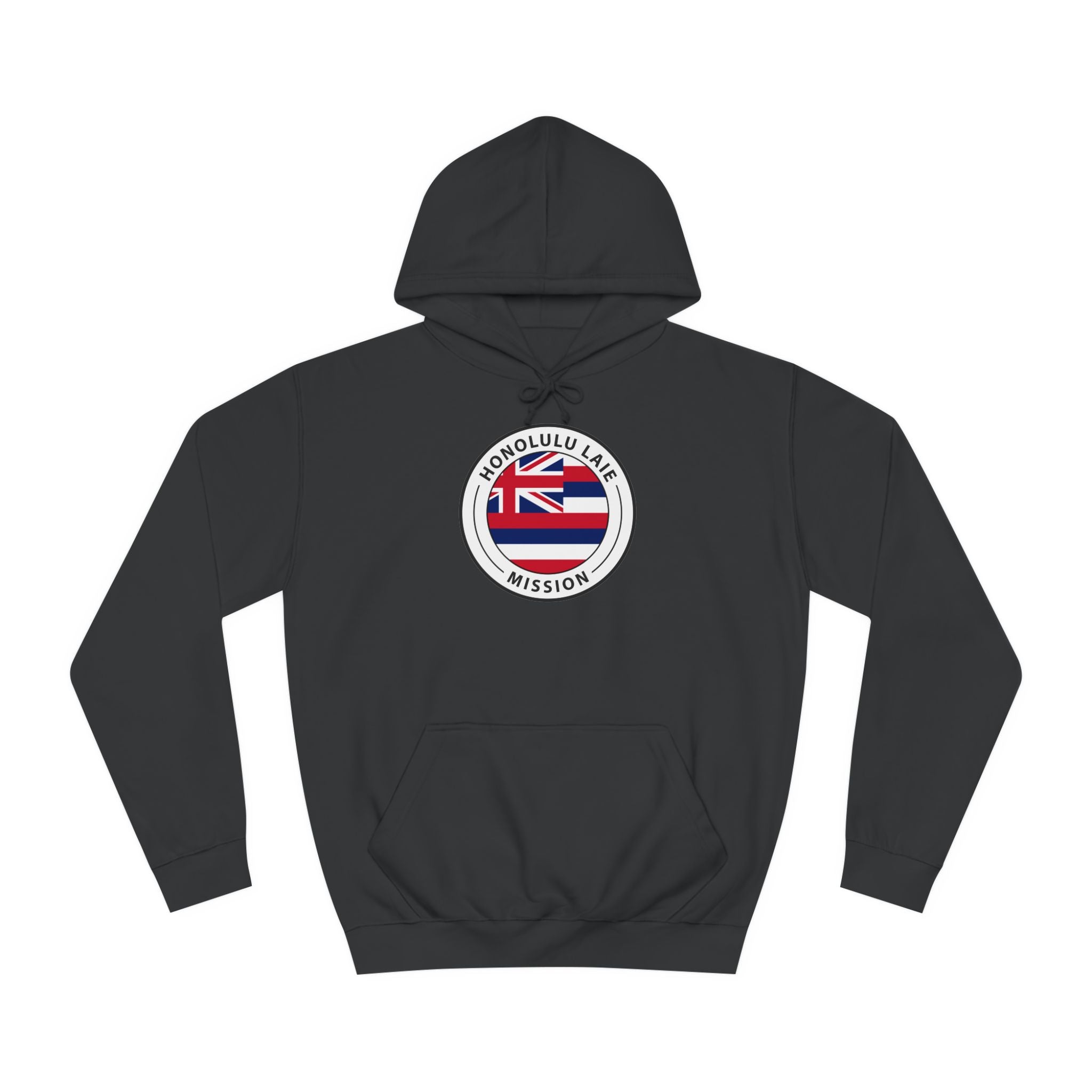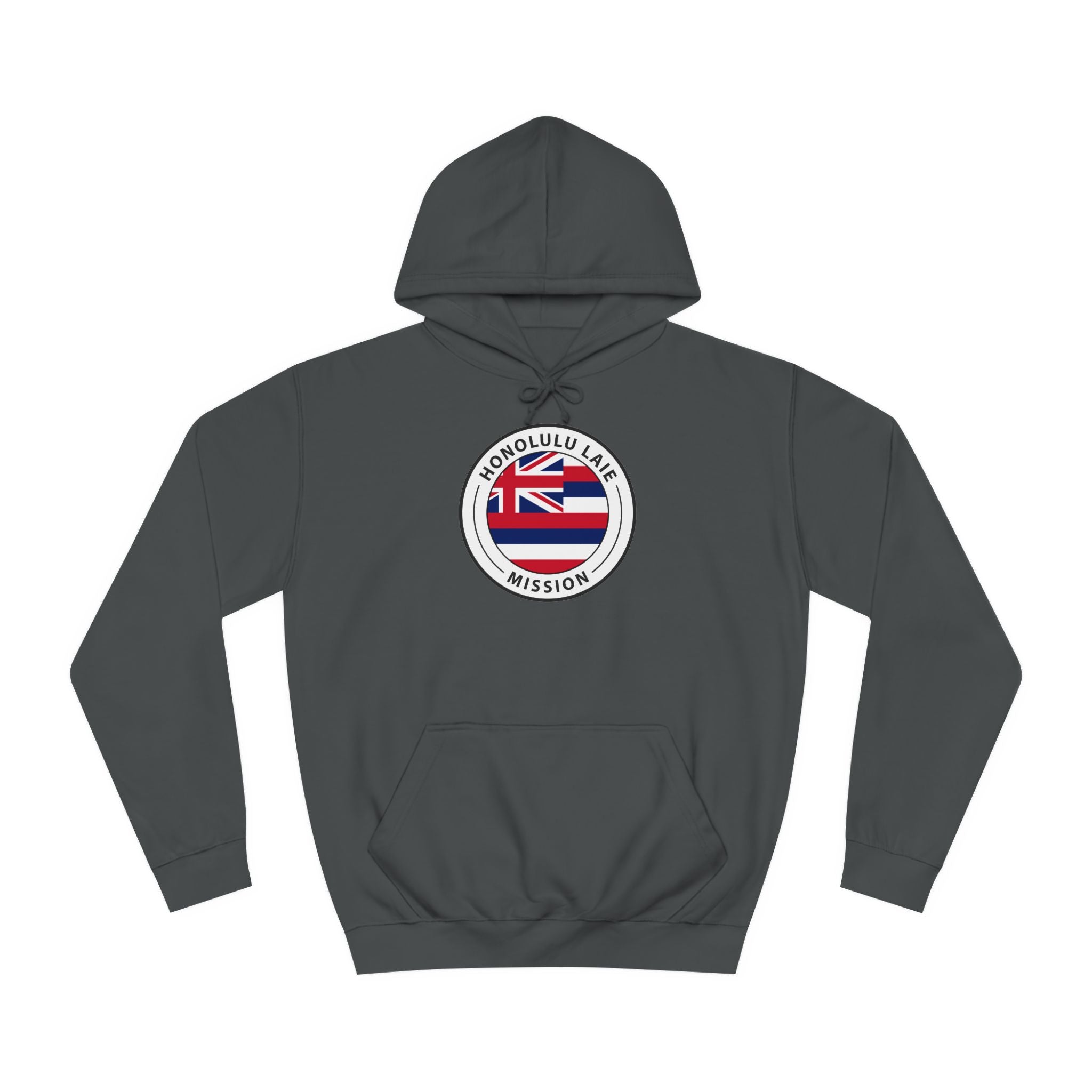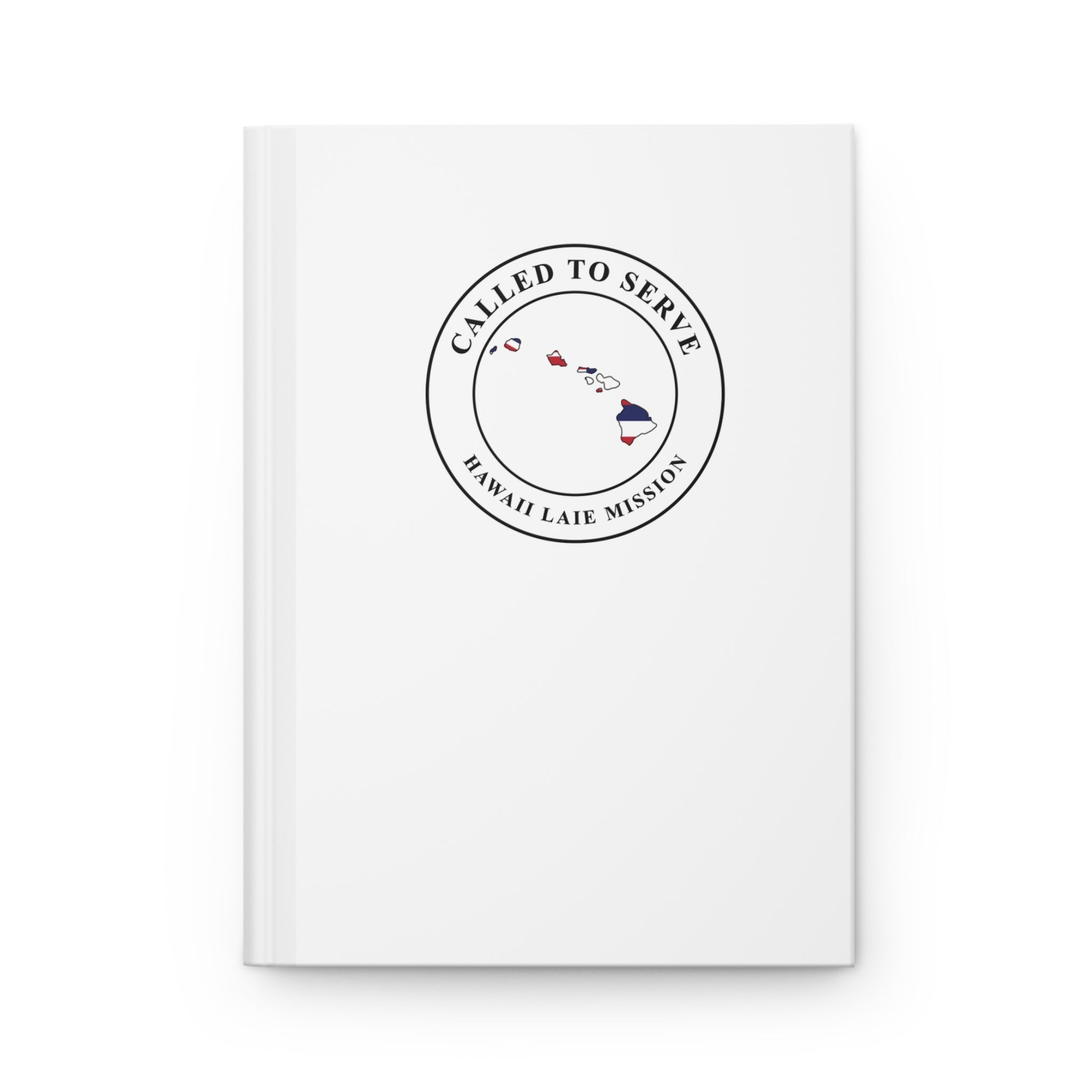In 1850, when the first Latter-day Saint missionaries reached Hawai‘i, the islands were still an independent kingdom with a mostly native Hawaiian population. George Q. Cannon, one of the early missionaries to the islands, was particularly eager to learn the Hawaiian language. In the early 1850s he and an early Hawaiian convert, Jonathan Nāpela, worked together to translate the Book of Mormon into Hawaiian, which was the first time the book was translated into a non-European language.
Many Hawaiians embraced the gospel. By the 1870s, more than 4,000 Hawaiians were Latter-day Saints. Because the death of many Hawaiians due to disease had led to laws restricting emigration, instead of gathering to Utah the Hawaiian Saints established gathering places on the islands—first in Lāna‘i, then in Lā‘ie, where the first temple outside North America was dedicated in 1919. The first stake outside North America was organized on O‘ahu in 1935.
As Hawai‘i’s population became more diverse, so did general Church membership. In the early 20th century, for example, a Japanese mission was established in Hawai‘i, and work among Japanese Hawaiians flourished. In the 1950s the Church established a college—now Brigham Young University–Hawaii—in Lā‘ie with a mission to bring together students from around the world. A second temple, in Kona, was dedicated in 2000. By 2018 there were nearly 75,000 Latter-day Saints in Hawai‘i, organized into 16 stakes.
